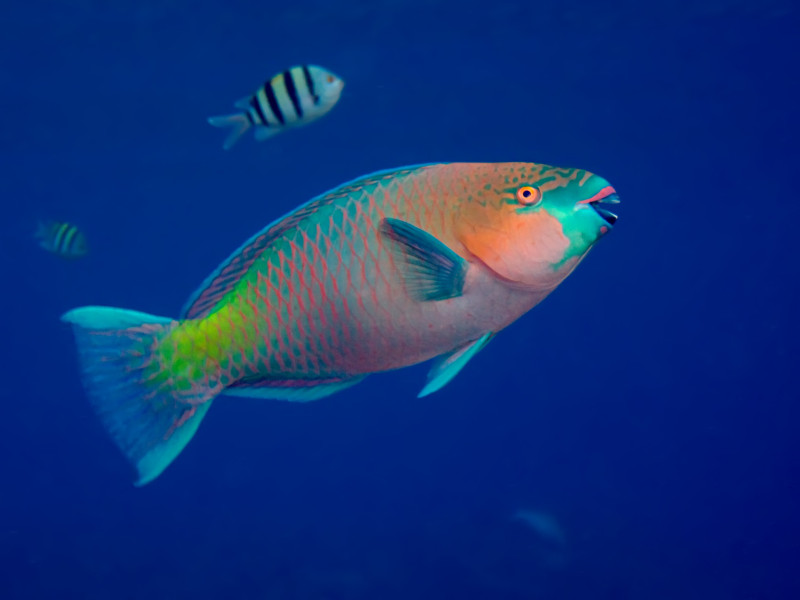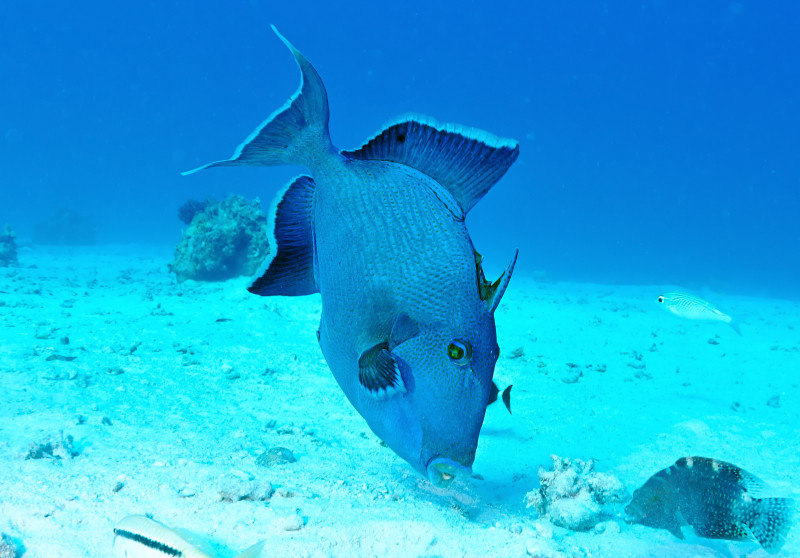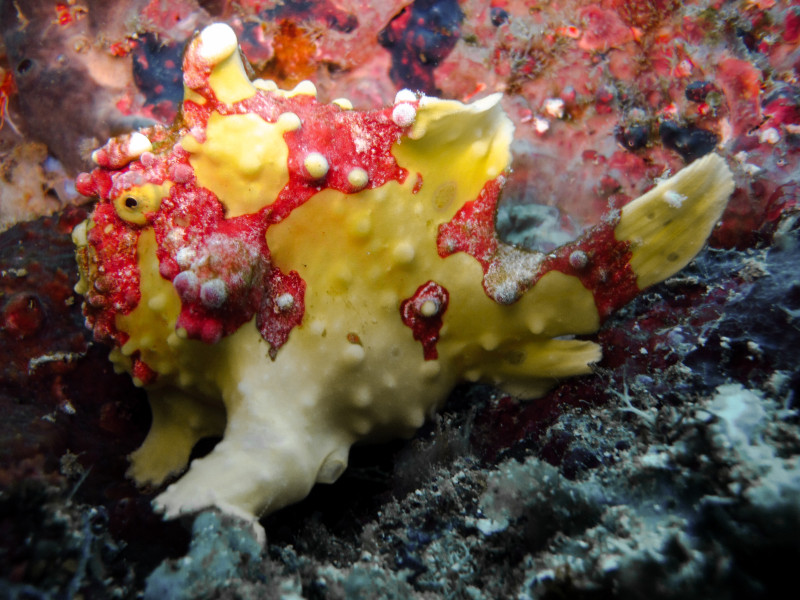Most divers keep a logbook to document their time underwater, and will often record any marine life they spot. But in order to commit your wildlife encounters to memory, you must first be able to identify what you see. It can be hard to identify tropical fish, given that coral reefs are home to over 4,000 species worldwide. Learning the characteristics of each of these species is unlikely, but there’s an easier way to gain at least a basic understanding of tropical fish identification.
You can categorize the majority of tropical reef species into a handful of distinct fish families. If you can learn the characteristics of each family, and perhaps the distinctive features of a few of the most common species in each one, you will have increased your fish identification knowledge exponentially. This article takes a look at 10 of the most common tropical fish families. Next time you go diving, you can record your species sightings far more accurately.
Damselfish and chromis

These species are among the reef’s smallest. They typically have oval-shaped bodies and sport a wide variety of colors and patterns. They stay close to the reef, darting in and out of its many nooks and crannies. You can usually identify damselfish by their territorial nature. They will even nip divers who come too close to their feeding or living space. Distinguish chromis from the damsels via their more docile nature, their elongated bodies and their forked tails.
Parrotfish and wrasse

Wrasse and parrotfish are some of the most colorful reef dwellers. You can identify them by the way they use their pectorals,rather than their tail fins, for propulsion. Parrotfish are usually relatively large, with bony, beak-like teeth plates that they use to scrape algae from the reef. Wrasse are similarly rainbow-colored, but are smaller, more elongated and eat small invertebrates rather than algae. For both types of fish, some individual species have different color morphs depending on their sex and maturity.
Butterflyfish, angelfish and surgeonfish

This family also boasts vibrant colors and intricate patterns. These fish can occur singly, in pairs or even in large schools. Their bodies are usually thin, and either oval or round in shape. Of the three, butterflyfish are normally the smallest, and have elongated snouts for finding prey in the crevices of the reef. Angelfish are larger, and have tapering dorsal fins, while surgeonfish can be easily identified by the twin spines that protrude from the base of their tails on either side of their body.
Filefish, triggerfish, puffers, trunkfish, cowfish, goatfish and trumpetfish

The species that make up this group are an assortment of reef oddballs that don’t easily align with the characteristics of other families. You can identify filefish, for example, by their thin, diamond shaped bodies; triggers typically have trailing dorsal and tail fins. Pufferfish have large eyes and the ability to puff up when alarmed, while trunkfish and cowfish are typically box-like in shape and have bony scales. Goatfish are usually seen foraging on the seafloor, and can be identified by their moustache-like barbells, while trumpetfish are unmistakable thanks to their long, thin, pipe-like shape.
Flounders, scorpionfish and frogfish

This family includes many of the reef’s bottom-dwellers. Most of these are characterized by their aptitude for camouflage and their strange shape. Flounders usually conceal themselves in the sand at the edge of the reef, and are flat with both eyes on the top of their body. Scorpionfish have spiny, venomous dorsal fins, and remain motionless on the reef, where they are usually almost indistinguishable from their surroundings. Frogfish have bulky, lumpy bodies and webbed pectoral fins that they use for walking along the seafloor. Also called anglerfish, they are masters of camouflage, and lure their prey using an appendage that extends out over their mouths like a fishing rod.
Snappers and grunts
Snappers and grunts are larger reef fish, with long, tapered bodies and sloping foreheads. You’ll often see snapper in large shoals, hovering above the reef. They have upturned snouts and mouths and visible canine teeth. Like the grunts (also called sweetlips in some countries), they often sport vivid colors and striped markings. You’ll usually see grunts singly or in small groups.
Jacks, barracuda, porgy and chubs
This family includes some of the reef’s larger predators. You can identify all four by their silver color and forked tails. Jacks are large fish that you may see singly or in schools, and are active predators that favor the drop-off at the edge of the reef. They have a rounded forehead and a pronounced lateral line. Barracuda are easy to identify by their long, cylindrical bodies and their protruding, needle-like teeth. Porgies and chubs are both oval shaped with a solid-silver color base. You’ll more commonly spot porgies near the seafloor, while chubs favor the upper water column.
Groupers, sea bass and basslets

Groupers are amongst the easiest fish to identify on the reef, thanks to their large size, wide mouths and thick lips. They are usually solitary, and favor overhangs and caverns as their daytime resting places. Sea bass are typically dark in color, are smaller than grouper and have more elongated bodies. You can distinguish their tiny relatives, the basslets, by their bright colors and their predilection for deeper reefs and walls.
Eels
This is one of the easiest fish families to identify, thanks to the unique snake-like shape of all eel species. There are many different types of eel, from the moray to the conger, to the tiny garden eel, and they come in a wide variety of sizes, colors and patterns. You’ll find them in both temperate and tropical seas. They usually live in the crevices and holes of the reef. Occasionally, divers will see eels swimming freely over the reef, especially at night.
Sharks and rays
Like eels, it’s hard to confuse sharks and rays with anything else. Both types of cartilaginous fish do come in many different shapes and sizes, however. Sharks have a lateral line, and (with a few exceptions), five pairs of gills. They swim using their tail fins, while rays swim using modified pectorals in much the same way that a bird uses its wings to fly. Rays are usually flat and circular, with gills on their body’s underside.

